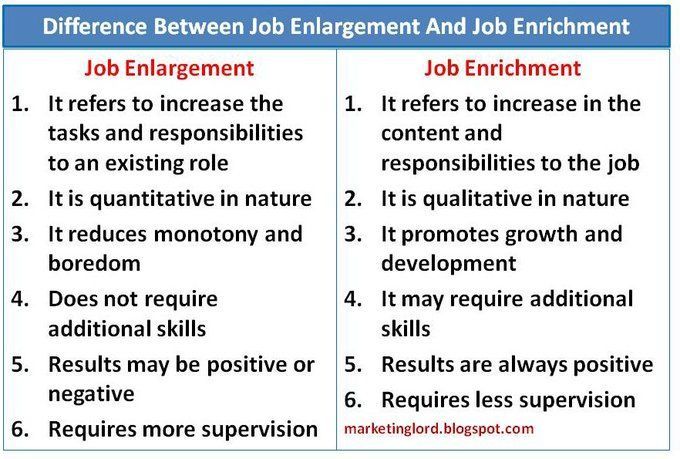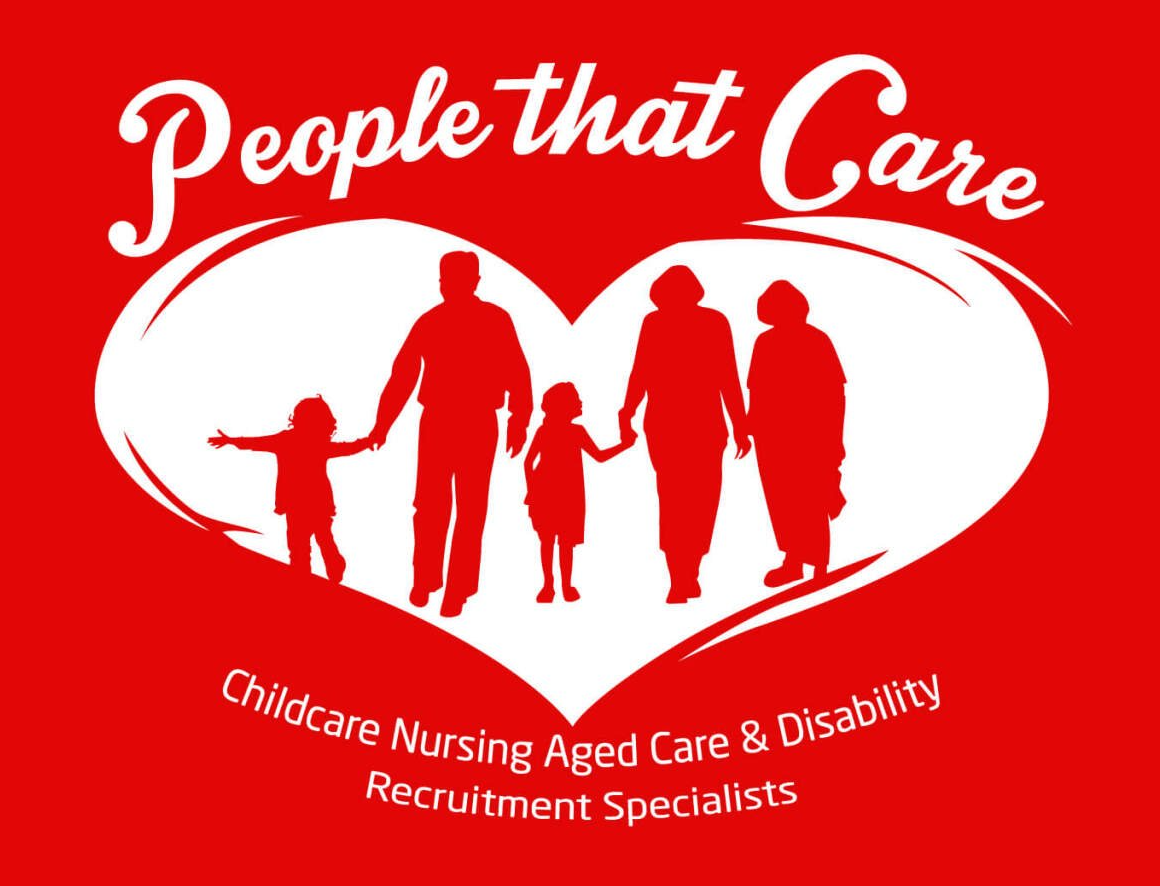5 tips to reverse the symptoms of burnout
This is a subtitle for your new post

As year-end deadlines and celebrations flood the schedule, organisations may find their workforce facing exhaustion and, in severe cases, burnout. Use these tips to guide employees towards reclaiming their wellbeing amid the holiday hustle.
During what’s supposed to be a relaxing holiday season, many employees are busier than ever – juggling copious social events while also racing to reach those last-minute work deadlines.
Many employees have been working at an extreme pace for the entire year, and the cumulative impact of this on wellbeing might crop up as they finally start winding down and the adrenaline wears off.
While a break may be in sight, many employees will have already reached a point of burnout, and recovering from this can be a prolonged process that often demands a consistent and targeted effort from employers that stretches well beyond the holiday period.
So what measures should employers take to ensure that when employees return in 2024, they step into an environment conducive to both productivity and sustained wellbeing?
HRM spoke with Audrey McGibbon, Chartered Occupational Psychologist, Executive Coach and wellbeing expert, about how HR professionals can help managers develop a practical guide towards recovery.
Recognising burnout in employees
The first thing managers and HR professionals need to do is be able to clearly and swiftly identify when employees may be on the brink of, or already experiencing, burnout.
While there are definitive signs and symptoms to look out for, the lines between burnout and general exhaustion are often blurred, making it difficult to initiate steps towards reversing the impacts.
“Someone experiencing burnout will almost always have a low mood, but you wouldn’t automatically say that someone with a low mood is burnt out,” says McGibbon.
Many of the other symptoms associated with burnout, such as fatigue and a lack of motivation, can also be linked to other mental health disorders, such as depression and anxiety. It’s crucial for HR leaders to learn how to identify the differences in order to kick-start the recovery process for employees.
“A really burnt out person probably couldn’t even bother telling you that they’re burnt out.” – Audrey McGibbon, Chartered Occupational Psychologist, Executive Coach and wellbeing expert.
A good indicator of burnout is any change in an employee’s usual behaviour, she says. For example, a team member who is usually detail-oriented may begin to make constant mistakes in their work, or you might notice that a usually sociable employee isn’t coming to as many events anymore.
McGibbon points out that for an employee in the late stages of burnout, they might have trouble even getting themselves to work.
In a collaborative office environment, a ripple effect can take hold, where one employee complaining of exhaustion causes other employees to respond with similar feelings. This can manifest in a collective experience of fatigue among teams.
Read HRM’s article about ’emotional contagion’ and how you can manage it.
While communication around mental health has become a natural and widely accepted part of the workplace, this doesn’t necessarily mean that employees experiencing burnout are likely to take the first steps in talking about it.
Burnout remains a uniquely isolating experience, with employees often lacking the energy to do anything about it or not feeling psychologically safe enough to disclose their experience to their manager.
Protective factors to nip burnout in the bud
McGibbon stresses that, while there are ways to reverse the symptoms of burnout (see below), it’s far easier to prioritise preventative measures.
“Organisations have a lot of control over certain factors that we know are protective and stop people becoming burnt out.”
For example, she suggests three strategies that employers can implement to protect employees’ wellbeing:
1. Encourage flow
Leaders should focus on creating positive work flows for employees.
“Stress is frequently thought of as [the result] of the volume of work that we need to do, but there’s a lot of research to say that, if you create a culture where people engage in ‘smart work’, they are less likely to become burnt out because the work is interesting and stimulating.”
When an employee enters a state of ‘flow’, they may be working hard, but it’s not experienced as ‘hard work’. In fact, team members often find this type of work yields the opposite effect – engaging work flows can boost productivity and motivation, acting as a safeguard against burnout.
Read HRM’s article about helping employees to discover ‘red thread’ tasks that energise them
2. Allow for autonomy
McGibbon underscores the role of autonomy in the workplace in warding off burnout.
“[Autonomy] is linked to flexible work practices and is about creating the belief that your work is making a difference.”
On the flip side, a substantial trigger of burnout can be micromanagement, which chips away at employee autonomy and can foster feelings of distrust and inadequacy.
Implementing flexible working models can help to increase autonomy, alongside open and honest conversations with leaders about expectations, she says.
3. Fostering quality social relationships
Another protective factor is the quality of social relationships in the workplace, says McGibbon..
“[The quality of social relationships] is absolutely down to the quality of recruitment processes and the quality of leadership, management and psychological safety,” she says.
By building a safe and inclusive workplace, employers will be better equipped to reduce the likelihood of burnout among employees, allowing them to feel valued and listened to.
Image of a woman with her eyes closed and her hand to her head. She looks stressed.
Photo by Marcus Aurelius via Pexels.
5 tips to reverse the impacts of burnout
While there is an abundance of information on burnout prevention, little is shared about what to do after burnout – or how to reverse the impacts once they’ve already taken their toll.
Below are five steps HR leaders can take to guide employees in the recovery process.
1. Encourage time away from work
The primary need for employees experiencing burnout will likely be to take time away from work.
“It could be as little as two or three weeks, but it is more likely to take longer for a full recovery.”
Alongside this, it is important that employers allow their team members the space they need to regain their sense of wellbeing.
However, if communication is completely severed, there’s a risk that the employee may perceive the silence as a lack of care
“You need to have some way of respectfully conveying to employees that they are in your thoughts and you’re available for discussion or support when they feel ready.”
2. Encourage constructive rest
Employees not only need time away from work, but intentional time away that is restorative and focuses on switching off completely.
This is imperative for physical recovery, allowing them to overcome adrenal fatigue and begin the process of calming the nervous system, says McGibbon.
Rest will look different to each employee based on their needs, but it’s a good idea to remind them that rest comes in many forms. This infographic shares the seven different types of rest that people need at some point in their recovery period.
“[Recovery] will probably necessitate medical check-ups – not always with a psychologist, but almost always a visit with a GP.”
It’s important to be aware that the physical symptoms of burnout require attention before broader triggers can be addressed, she adds.
3. Ensure a holistic approach to burnout
As an employer, it’s essential that you look at the triggers of burnout from all angles. For example, in work cultures that champion constant productivity, growth and development, there can be ongoing pressure to achieve these milestones.
While the World Health Organisation has stated that burnout is an ‘occupational phenomenon’, external factors can also contribute to the progression of burnout, such as social commitments and financial stresses.
So how should managers respond when burnout is, in part, the outcome of external influences?
McGibbon says the rapid revolution of the way in which we work, particularly our unlimited access to technology and remote work, means that contemporary society doesn’t have the boundaries that were once in place, such as seeing your colleagues log off and leave work for the day.
This increased attachment to work means that switching off completely has become nearly impossible.
As a result, it’s imperative that HR take a holistic approach to address all triggers of burnout.
4. Be realistic and remove unnecessary pressures
When it comes to encouraging teams to embrace rest during the holiday break, McGibbon suggests employers communicate an important message: resist the pressure to have the ‘perfect holiday period’.
It’s important to be realistic about employees’ varied personal situations, she says, emphasising that it’s possible to find pockets of rest amid necessary commitments.
“There is an extra level of intensity, particularly for dual-career households with children. What I recommend is that people take stock and think about their own personal circumstances and what their needs are. Set an objective.”
McGibbon shares her own personal objective for this holiday period, which is to simply be bored. Day-to-day commitments mean that she is too busy to find the time to have nothing to do.
“Go through your summer with some means of negotiating pleasure,” she says.
5. Encourage reflection
A final step that employers can take not only to reverse the impacts of burnout, but to sustain long-term wellbeing in the workplace, is to invite employees to reflect on the triggers and impacts of their experiences at work, such as unrealistic KPIs or an excessive workload.
If the triggers have not been addressed, “You come back feeling like it’s groundhog day because you go back to the same deadlines, or the same clients or the same excessive workload, and nothing changes,” says McGibbon.
It is crucial that reflection is something that is taken on by both employers and employees. For employees, this may look like personal questions such as, ‘What would need to happen for my work to feel more meaningful?’ – and, for employers, a rigorous look into the internal changes that need to be made to encourage people to switch off from work on time, for example.
Ultimately, employers need to make a combined effort in both prevention and recovery to reconstruct a low-risk workplace adept at addressing burnout.
Employers can allow their teams all the time away from work they need, but, unless any changes have been made to address the initial triggers of burnout in the workplace, the cycle of burnout will likely persist.
“The thing that will make the difference is whether anything in the workplace environment that was part of the original cause has changed,” says McGibbon. “If nothing has changed, you’re going to get the same result.”
Source: https://www.hrmonline.com.au/topics/health-wellbeing-and-safety/5-tips-to-reverse-the-symptoms-of-burnout/


People That Care Australia does not receive any funding to operate its business. All profits are used to improve the service we offer to Jobseekers.
USEFUL LINKS
FOLLOW US
STAY INFORMED
You need a helping hand with your project?
We will get back to you as soon as possible
Please try again later
CONTACT US
Contact Us
We will get back to you as soon as possible.
Please try again later.
All Rights Reserved | People That Care Australia
Made with 💛 by Shazamme
